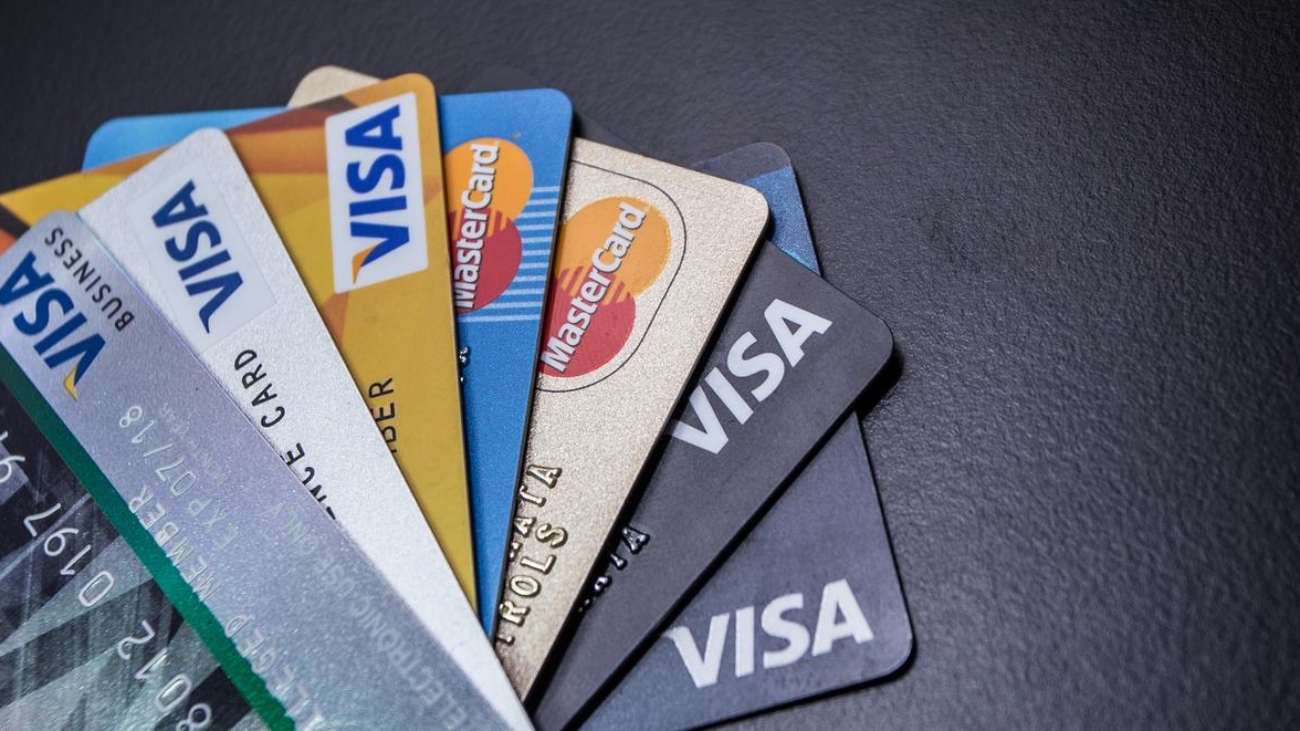Credit cards have come a long way since their inception in the mid-20th century. Initially, they were a simple and convenient alternative to cash, offering consumers a way to make purchases without carrying physical currency. However, technological advancements have revolutionized the way we handle transactions. In this article, we explore the fascinating journey of credit cards from their humble plastic beginnings to the modern era of digital wallets.
Digital Wallets: The Birth of Plastic Credit Cards
The first credit card, known as “Diners Club,” emerged in 1950, offering its members the ability to charge their restaurant bills to a card instead of paying in cash. Shortly after, American Express and Bank of America introduced their versions of credit cards, extending the concept to more consumers. These early credit cards were made of cardboard or celluloid, which quickly evolved into plastic, making them more durable and practical.
Magnetic Stripes, Digital Wallets and Merchant Acceptance
In the 1970s, the introduction of magnetic stripes brought significant improvements to credit card technology. These strips allowed data storage, enabling merchants to quickly process transactions electronically. The convenience of credit cards led to widespread acceptance by businesses, making them a standard payment method worldwide.
The Rise of Digital Wallets: Chip-and-PIN
To enhance security and reduce fraud, credit card companies introduced chip-and-PIN technology in the 1980s. The microchip embedded in the plastic cards increased transaction security, requiring users to enter a PIN during purchases. This advancement significantly reduced the risk of card counterfeiting and bolstered consumer confidence in using credit cards.
Contactless Payments and Mobile Wallets
As technology continued to advance, contactless payment options emerged in the 2000s. Cards equipped with RFID technology allowed users to make payments by tapping their cards on payment terminals. Alongside contactless cards, the concept of mobile wallets gained popularity. Mobile wallet applications like Apple Pay, Google Pay, and Samsung Pay enabled users to store multiple credit cards digitally on their smartphones and make payments using NFC technology.
Paperless Billing and E-Statements
The transition to paperless billing and electronic statements has been a significant step towards sustainability in the credit card industry. Encouraging cardholders to opt for e-statements instead of traditional paper statements helps save millions of trees and reduces paper waste. Many credit card companies offer incentives like reward points or discounts for customers who choose electronic statements, further encouraging the adoption of this eco-friendly option.
Virtual Credit Cards and Tokenization
Tokenization and Virtual credit cards brought another layer of security to the credit card landscape. Virtual cards generated one-time-use card numbers for online purchases, minimizing the risk of data breaches. Tokenization replaced sensitive card information with randomly generated tokens, ensuring that the actual credit card details were never exposed during transactions.
The Future of Credit Cards
Looking ahead, the evolution of credit cards is likely to continue. As technology advances, we can expect further innovations, such as biometric authentication, blockchain-based solutions, and enhanced data encryption. The demand for contactless payments, coupled with the increasing adoption. Mobile wallets, indicates a shift toward a more digital and cashless society.
Conclusion
From humble beginnings as pieces of cardboard to today’s sophisticated digital. Wallets, credit cards have transformed the way we handle money. As technology continues to shape the financial landscape, credit cards will undoubtedly play an essential role in the future of commerce and payment systems. As technology continues to shape the way we transact, it’s clear that the future of payments holds exciting possibilities. Stay tuned with FinBiz Tech. for the latest updates in this dynamic financial landscape.



